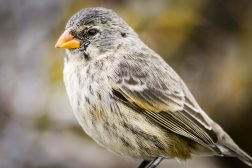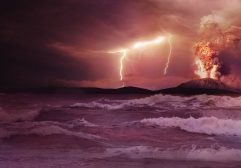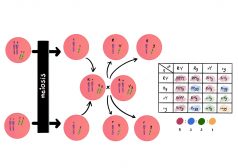Definition
noun, plural: ciliates
Common name for the members of the phylum Ciliophora (or in other classification scheme, class Ciliata) that are mainly characterized by having numerous cilia
Supplement
In five kingdom scheme of classification, ciliates belong to the subphylum Ciliophora. In other classification schemes, ciliates belong to class Ciliata. Ciliates are protozoans (or protists) that are characterized by the presence of hair-like organelles called cilia. The presence of cilia as an organelle for locomotion was used as a means to classify ciliates from other protozoans, such as flagellates, amoeboids, and sporozoans. Cilia are not only involved in locomotion such as swimming, crawling, etc., they are used by ciliates for feeding and sensation. They occur almost everywhere especially in moist and aquatic habitats, such as lakes, ponds, oceans, rivers, and soils. Some of the ciliates include Stentor, Didinium), Balantidium, Colpoda, Coleps, Paramecium, Vorticella, Tetrahymena”, etc.
Apart from having cilia on the cell surface, the ciliates can also be distinguished from other protozoans in having two different types of nuclei. One is a small diploid micronucleus that is involved in reproduction and the other is a larger polypolid macronucleus that is involved in cell regulation.
Word origin: cilia + -ate
Scientific classification:
- Domain: Eukarya
- (unranked): SAR
- (unranked): Alveolata
- Phylum: Ciliophora
Other common name:
See also:







